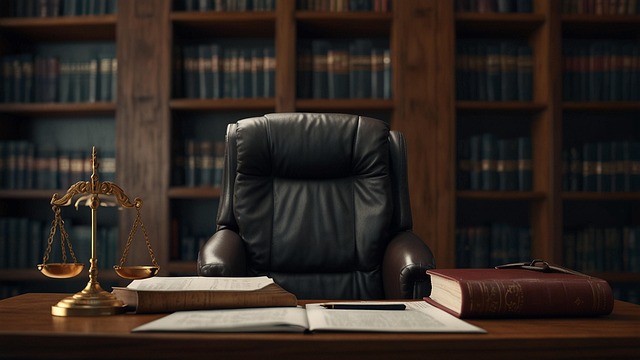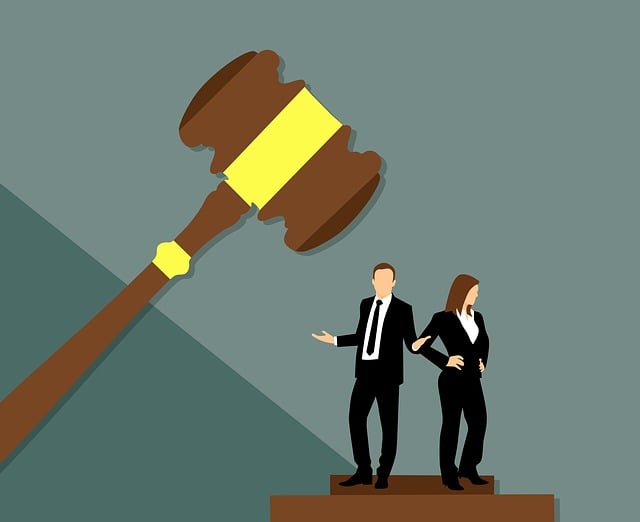Whistleblower protection laws face a key challenge: proving claims in court. This involves navigating complex legal terrain, presenting compelling evidence, and overcoming obstacles like lack of direct proof & legitimate business reasons for termination. Strategic approaches, including robust documentation, expert testimony, and circumstantial evidence, are crucial to meeting the burden of proof, ensuring fairness, and holding corporations accountable for unethical practices.
Whistleblower protection lawsuits play a crucial role in ensuring accountability within organizations. These legal actions safeguard individuals who expose corporate or government wrongdoings, often facing significant personal risks. Understanding whistleblower protection laws is essential for navigating complex cases. This article delves into the key aspects, including evidence requirements and overcoming the substantial challenges in meeting the burden of proof. By examining successful verdicts, we highlight the impact and effectiveness of these lawsuits in fostering transparency.
- Understanding Whistleblower Protection Laws
- The Role of Evidence in Whistleblower Cases
- Challenges in Proving Retaliation Intent
- Legal Strategies for Meeting Proof Burden
- Impact and Effectiveness of Whistleblower Protection Lawsuit Verdicts
Understanding Whistleblower Protection Laws

Whistleblower protection laws are designed to safeguard individuals who expose illegal or unethical activities within their organizations. These laws provide a legal framework for whistleblowers to come forward without fear of retaliation, ensuring they remain protected from adverse employment actions. Understanding these protections is crucial for both corporate and individual clients navigating complex legal landscapes.
However, one of the significant challenges in pursuing whistleblower protection lawsuits lies in meeting the burden of proof in court. Unlike general criminal defense cases, whistleblowers must demonstrate not only that they disclosed information but also that their disclosure was protected by law. This involves proving the truthfulness of the underlying claims and demonstrating that the disclosure was made in good faith. The process can be intricate, requiring thorough documentation and a compelling narrative to secure a favorable outcome, including the complete dismissal of all charges against them.
The Role of Evidence in Whistleblower Cases

In whistleblower protection lawsuits, evidence plays a pivotal role as it forms the backbone of claims and defenses. To prevail in court, whistleblowers must navigate complex legal landscapes and overcome significant challenges. One of the primary hurdles they face is the unprecedented track record required to meet the burden of proof. This means presenting compelling and admissible evidence that not only establishes wrongdoing but also aligns with applicable laws and regulations. The process often involves sifting through vast amounts of data, documents, and witness testimonies to uncover relevant facts.
The complexity of high-stakes cases across the country further exacerbates these challenges. Different jurisdictions have varying interpretations of whistleblower protection laws, necessitating a deep understanding of regional legal frameworks. Moreover, defendants in such cases are typically well-resourced, employing aggressive strategies to discredit whistleblowers’ claims. Therefore, successful whistleblowers must be adept at handling evidence effectively, ensuring it is presented in a clear and persuasive manner to sway the court’s decision in their favor.
Challenges in Proving Retaliation Intent

Proving intent in whistleblower protection lawsuits presents unique challenges. In many cases, establishing that an employer acted with retaliatory intent requires demonstrating a motive beyond mere coincidence or speculation. This is particularly difficult when employees may have been let go for legitimate business reasons or where there’s a lack of direct evidence linking the whistleblower activity to the adverse employment action. Legal experts often emphasize the need for comprehensive documentation and thorough investigations, as well as expert testimony, to navigate these challenges successfully.
The burden of proof in such cases is significant, and plaintiffs must often rely on circumstantial evidence to build a compelling case. This includes showing a pattern of suspicious behavior, temporal proximity between protected disclosures and adverse actions, or the existence of prior conversations indicating anticipatory retaliation. An experienced attorney with an unprecedented track record in these matters can help navigate this complex landscape, ensuring that clients achieve extraordinary results by effectively meeting the burden of proof in court.
Legal Strategies for Meeting Proof Burden

Navigating the legal landscape surrounding whistleblower protection lawsuits presents unique challenges in meeting the burden of proof in court. These cases often hinge on complex issues, requiring a strategic approach to gather and present compelling evidence. One significant hurdle for both corporate and individual clients is overcoming the demands of proving their claims with substantial and credible documentation.
The complexity arises from the nature of white-collar and economic crimes, which frequently involve intricate financial transactions and nuanced legal interpretations. Legal strategies must address these challenges by employing meticulous record-keeping, thorough investigations, and expert testimonies. Achieving a complete dismissal of all charges may depend on demonstrating procedural errors, refuting evidence, or exposing inconsistencies in the prosecution’s case. Effective legal representation involves leveraging these strategies to ensure fairness and protect the rights of those who choose to expose corporate misconduct.
Impact and Effectiveness of Whistleblower Protection Lawsuit Verdicts

Whistleblower protection lawsuits have had a profound impact on corporate governance and accountability. Verdicts in such high-stakes cases not only provide financial compensation to wronged individuals but also serve as deterrents, discouraging unethical practices within organizations. When whistleblowers successfully prove their cases, it often leads to significant changes in corporate policies and underscores the importance of ethical conduct.
However, navigating the legal landscape can pose substantial challenges. One of the primary hurdles is meeting the burden of proof in court. Whistleblowers must present compelling evidence, including detailed documentation and credible testimony, to support their allegations. This process requires meticulous preparation and strategic legal arguments to ensure a complete dismissal of all charges that are not well-founded. The effectiveness of whistleblower protection laws is thus closely tied to the ability of individuals to navigate these legal challenges, ultimately reflecting the broader dynamics between whistleblowers, corporations, and the philanthropic and political communities.
Whistleblower protection lawsuits play a vital role in upholding integrity within organizations, but they face unique challenges, particularly in meeting the burden of proof. As seen across various verdicts, effectively navigating the complexities of these cases requires robust legal strategies. Understanding both the laws and the intricate issues involved, such as proving retaliation intent, is crucial for ensuring justice for whistleblowers. By employing comprehensive evidence and legal tactics, individuals can safeguard their rights and contribute to a culture of transparency.






